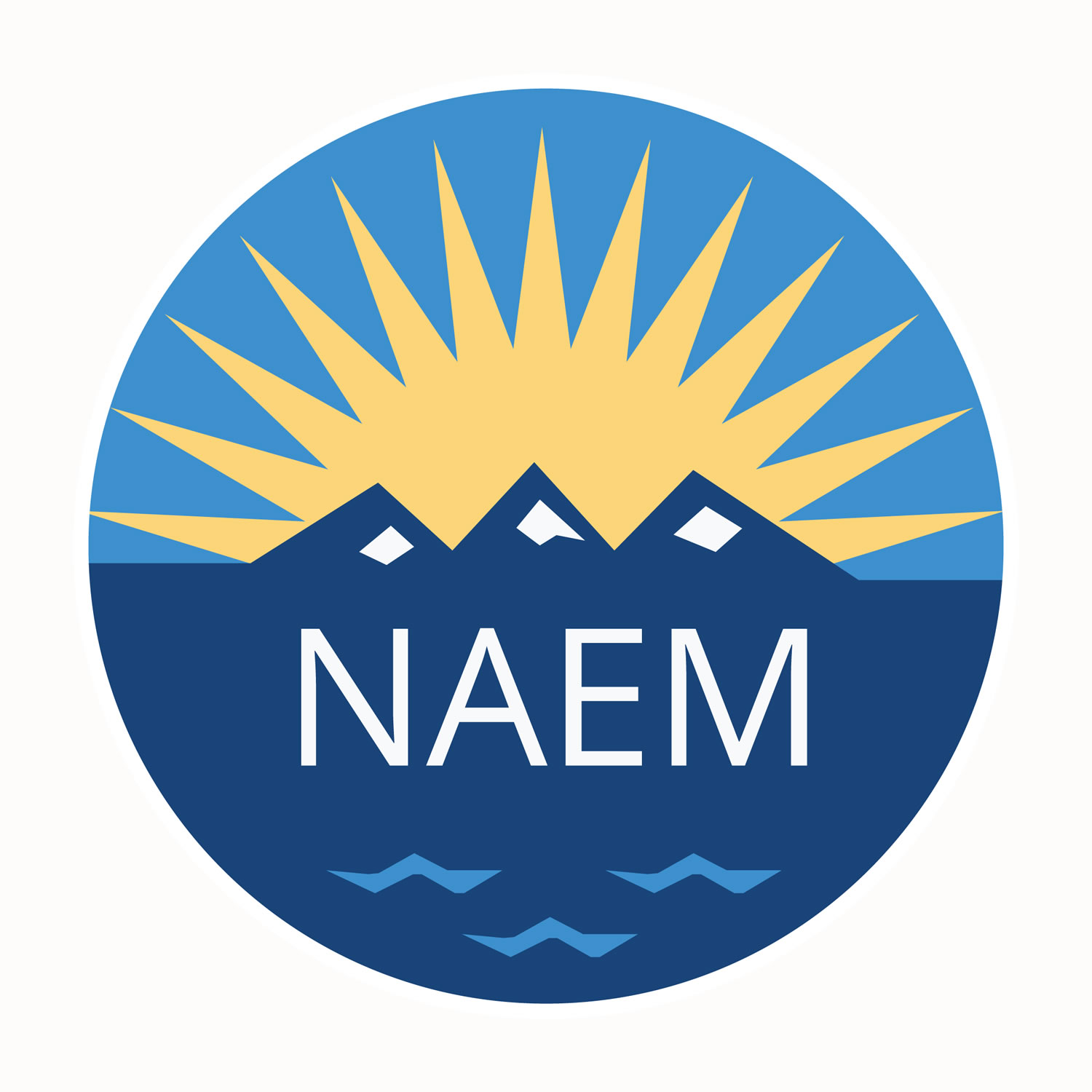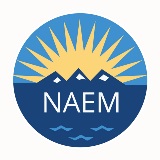Key Policies, Practices and Preparations for Employee Re-Entry

To ensure employees already on-site and those re-entering are protected, there are many decisions and execution plans to put in place about the employee working environment, reorganizing the physical layout of facilities and offices, and monitoring complex regulatory mandates.
To make this happen, EHS leaders are working their teams and collaborating with many other business areas to ensure a wide range of systems are in place. “COVID-19 has elevated the profile, need and value proposition of EHS and risk management” says Mike Miller, Vice President, Risk, EHS & Sustainability at Advance Auto Parts Inc. “Now EHS is key for the operation and survival of the business.”
Based on benchmark research and conversations with members, the following checklist represents the key issues that NAEM members felt belonged on any EHS leader’s re-entry agenda.
- Perform a critical staffing analysis to determine essential and non-essential staff
- Assess risk tolerance for reintegrating employees and customers
- Monitor local, state, national, and international mandates for social distancing and PPE
- Develop employee screening policies and procedures
- Establish company-wide minimum requirements for social distancing, PPE and physical barrier requirements for specific distancing conditions
- Create cleaning or sanitizing practices of shared and/or high traffic spaces
- Design layout and markup with diagrams to visualize appropriate social distancing in shared spaces
- Restroom and locker room policies to limit contact
- Consider upgrades to internal facility HVAC and other systems to limit the spread of the contagion
- Design and post easy-to-understand flow maps to guide employee movement
EHS leaders are utilizing their knowledge and competencies to ensure safe and healthy workplaces and add value to their respective organizations.
We invite you to join this conversation and hear Mike speak more about Advanced Auto Parts’ response to COVID-19 at NAEM’s first virtual conferencenext Thursday, May 21.
Topics:
Health & Safety
Safety Programs
About the Author

NAEM Staff
The National Association for Environmental, Health and Safety, and Sustainability (EHS&S) Management (NAEM) empowers corporate leaders to advance environmental stewardship, create safe and healthy workplaces and promote global sustainability. As the
leading business community for EHS&S decision-makers, we provide engaging forums, a curated network, peer benchmarking, research insights and tools for solving today’s corporate EHS&S management challenges. Visit us online at naem.org.



